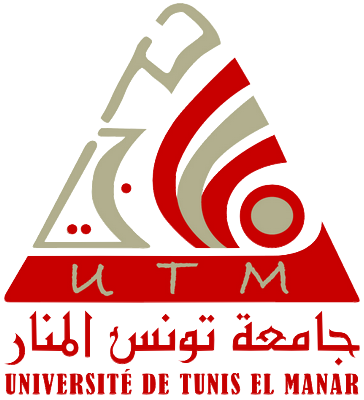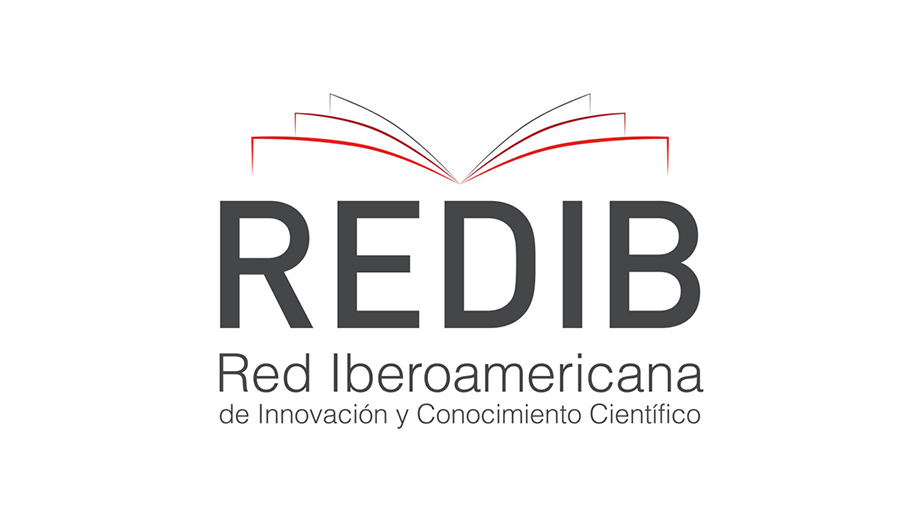“La relación de sus males, [y] el medio de curarlos”. Trans-American Models of Slave Labor Organization in José Antonio Saco’s Análisis de una obra sobre el Brasil
DOI:
https://doi.org/10.71564/dh.vi3.30Keywords:
Cuba, Slavery, Abolitionism, 19th Century, José Antonio Saco, LiberalismAbstract
José Antonio Saco’s Análisis de una obra sobre el Brasil (1832), the first condemnation of the slave trade published in Cuba, is among the creole statesman and historian’s most critically cited texts. Still, it continues to perplex students of the Cuban nineteenth century, who struggle to reconcile Saco’s liberal reformist program with his seemingly ambiguous stance on slavery. This study looks to resolve this critical impasse through the analytical tools provided by Dale Tomich. As Tomich perceptively reveals, the logic underpinning nineteenth-century liberalism and pro-slavery thinking were mutually supportive. What is more, in Through the Prism of Slavery: Labor, Capital, and World Economy, Tomich maps the contours of the Caribbean’s heterogeneous slaveries, which Saco knowingly conflates in his Análisis, I wish to argue, to further his liberal political project.Downloads
References
ACHING, Gerard Laurence (2015). Freedom from Liberation: Slavery, Sentiment, and Literature in Cuba. Bloomington: Indiana University Press.
ARANGO Y PARREÑO, Francisco de (2005). Obras. La Habana: Imagen Contemporánea, 2 vols.
BENÍTEZ ROJO, Antonio (1996). The Repeating Island: The Caribbean and the Postmodern Perspective. Durham, NC: Duke University Press.
BERGAD, Laird W., Fe IGLESIAS GARCÍA and María del Carmen BARCIA (1995). The Cuban Slave Market, 1790–1880. New York and Cambridge: Cambridge University Press.
CORWIN, Arthur F. (1967). Spain and the Abolition of Slavery in Cuba, 1817–1886. Austin: University of Texas Press.
DYE, Alan (1998). Cuban Sugar in the Age of Mass Production: Technology and the Economics of the Sugar Central, 1899–1929. Stanford, CA: Stanford University Press.
GHORBAL, Karim (2009). Réformisme et esclavage à Cuba (1835–1845). Paris: Éditions Publibook Université.
GOBAT, Michel (2013). “The Invention of Latin America: A Transnational History of Anti- Imperialism, Democracy, and Race”. American Historical Review, 118: 1345-75.
HABERLY, David (1972). “Abolitionism in Brazil: Anti-Slavery and Anti-Slave”. Luso-Brazilian Review, 9 (2): 30-46.
HOBSBAWM, Eric J. (1999). Industry and Empire: The Birth of the Industrial Revolution. London: Penguin.
JACOBSON, Matthew Frye (2000). Whiteness of a Different Color: European Immigrants and the Alchemy of Race. Cambridge, MA: Harvard University Press.
LE RIVEREND, Julio (1972). Historia económica de Cuba. Barcelona: Ediciones Ariel.
MALUQUER DE MOTES, Jordi (1976). “La burguesía catalana y la esclavitud en Cuba”. Revista de la Biblioteca Nacional José Martí, 18 (2): 11-62.
MORENO FRAGINALS, Manuel (2014). El ingenio: complejo económico-social cubano del azúcar. La Habana: Editorial de Ciencias Sociales, 3 vols.
——— (2009). “Negrofobia”. In Órbita de Manuel Moreno Fraginals. La Habana: Ediciones Unión, 40-52.
MURRAY, David R. (1980). Odious Commerce: Britain, Spain and the Abolition of the Cuban Slave Trade. Cambridge: Cambridge University Press.
ORTIZ, Fernando (1973). Contrapunteo cubano del tabaco y el azúcar. Barcelona: Ariel.
PÉREZ DE LA RIVA, Juan (1970). “La contradicción fundamental de la sociedad colonial cubana: trabajo esclavo contra trabajo libre”. Economía y Desarrollo, 2: 167-178.
PORTUONDO ZÚÑIGA, Olga (2005). José Antonio Saco: eternamente polémico. Santiago de Cuba: Editorial Oriente.
RODRÍGUEZ, Ileana (1980). “Romanticismo literario y liberalismo reformista: El grupo de Domingo Delmonte”. Caribbean Studies, 20: 35-56.
SACO, José Antonio (2001). Obras, II. La Habana: Imagen Contemporánea.
SACO, José Antonio and José Antonio FERNÁNDEZ DE CASTRO (1923). Medio Siglo De Historia Colonial De Cuba. La Habana: R. Veloso.
SACO, José Antonio and Domingo FIGAROLA-CANEDA (1921). José Antonio Saco: Documentos para su vida, anotados. La Habana: Imprenta “El Siglo XX”.
SCHMIDT-NOWARA, Christopher (1999). Empire and Antislavery: Spain, Cuba, and Puerto Rico, 1833–1874. Pittsburgh: University of Pittsburgh Press.
SCHORSCH, Jonathan (2004). Jews and Blacks in the Early Modern World. New York: Cambridge University Press.
TOMEK, Beverly C. (2010). Colonization and Its Discontents: Emancipation, Emigration, and Antislavery in Antebellum Pennsylvania. New York: New York University Press.
TOMICH, Dale W. (2004). Through the Prism of Slavery: Labor, Capital, and World Economy. Oxford: Rowman and Littlefield.
——— (2003). “The Wealth of Empire: Francisco Arango y Parreño, Political Economy, and the Second Slavery in Cuba”. Comparative Studies in Society and History, 45 (1): 4-28.
WILLIAMS, Lorna Valerie (1994). The Representation of Slavery in Cuban Fiction. Columbia: University of Missouri Press.
Downloads
Published
How to Cite
Issue
Section
License
Copyright (c) 2016 Stephen Silverstein

This work is licensed under a Creative Commons Attribution-NonCommercial 4.0 International License.
Los autores que publican en esta revista están de acuerdo con los siguientes términos:
Los autores conservan los derechos de autor y garantizan a la revista el derecho de ser la primera publicación del trabajo al igual que licenciado bajo una Creative Commons Attribution License que permite a otros compartir el trabajo con un reconocimiento de la autoría del trabajo y la publicación inicial en esta revista, sin hacer uso del material con propósitos comerciales.
Los autores pueden establecer por separado acuerdos adicionales para la distribución no exclusiva de la versión de la obra publicada en la revista (por ejemplo, situarlo en un repositorio institucional o publicarlo en un libro), con un reconocimiento de su publicación inicial en esta revista.
Se permite y se anima a los autores a difundir sus trabajos electrónicamente (por ejemplo, en repositorios institucionales o en su propio sitio web) antes y durante el proceso de envío, ya que puede dar lugar a intercambios productivos, así como a una citación más temprana y mayor de los trabajos publicados.































